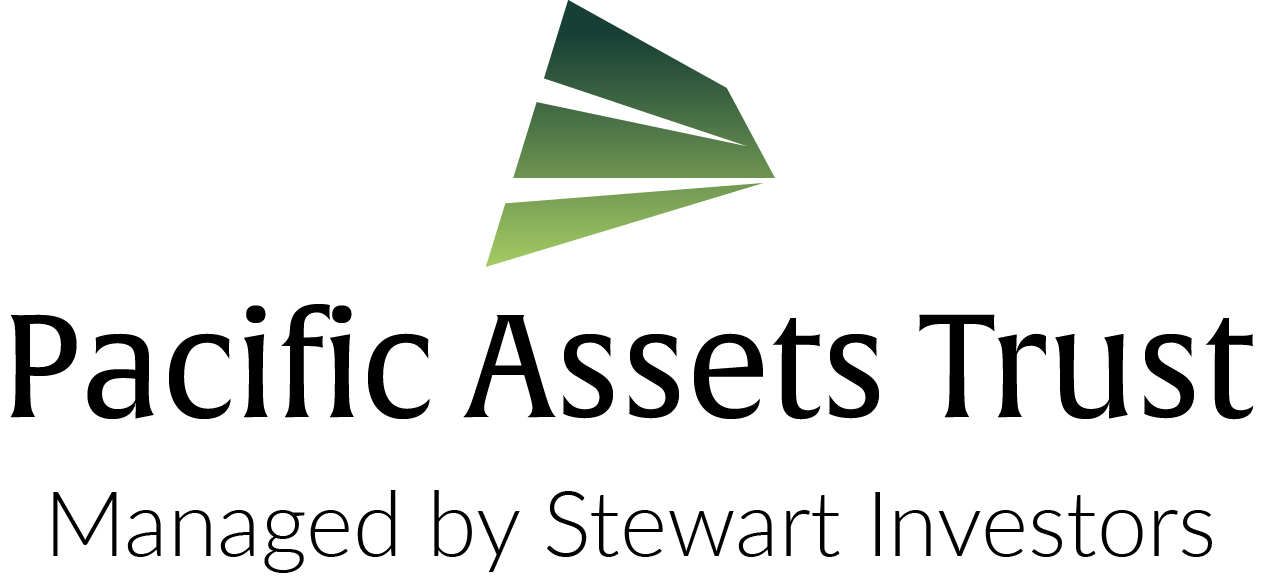
A positive case for sustainable investment
A few years ago, sustainable investment was much in favour. The tide turned decisively in 2022. Today, opinions about the future of sustainable investment are polarised.
A few years ago, sustainable investment was much in favour. The tide turned decisively in 2022. Inflation took hold in many economies. Monetary policy became restrictive. Europe was plunged into an energy crisis following Russia’s invasion of Ukraine. Capital rotated into traditional energy and resources companies, as well as banks, and from growth into value stocks. The performance of many sustainability funds turned south. Sentiment towards ESG (environmental, social and governance) and sustainable investment turned sour.
Today, opinions about the future of sustainable investment are polarised. Some people believe ESG has had its day in the sun: we should wind back the clock to a time when everything was simpler, and the social and environmental costs of economic progress were overlooked. Others (we included) believe this is wishful thinking: the need to advance human development without exhausting the planet’s resources will only become greater.
History teaches us that as countries have grown richer, their populations have also become wealthier, healthier, better educated, and (up to a point) happier. But these human development gains have come with a huge environmental cost. We are now using natural resources 70% faster than nature can regenerate1. We cannot run companies and economies as we have in the past, based on linear models of production fuelled by excessive debt and resource consumption.
A process of change
As societies experiment with different ways of doing things, a process of change is gradually taking root in countries, cities and communities across the world. It is a tenuous, haphazard and messy process, driven by a mix of regulation and voluntary effort, which yields patchy and irregular progress.
As this process of change unfolds, we believe that sustainability considerations are likely to gradually seep deeper into investment thinking. And if this happens, sustainable investment will gradually converge with mainstream investment until, perhaps, we cease thinking and speaking of sustainable investment as a distinct investment category.
At Stewart Investors we formally embarked on a sustainable investment journey in 2005. Our approach was built on an investment philosophy which focused on investing in companies for the long-term, based on company-focused analysis of quality and stewardship, and a definition of investment risk as the risk of losing clients’ money, rather than deviation from any benchmark.
We started investing exclusively in high-quality companies that both contribute to, and benefit from, sustainable development2. They include companies that are solving difficult problems, meeting vital needs, and helping society do more with less. Variously, these companies are helping make the world healthier, cleaner, and more productive. We invest in these sorts of companies because we believe sustainable development drives long-term returns and reduces investment risk.
Better outcomes for clients
Our experience of investing sustainably over the last couple of decades has enabled us to sharpen our thinking and investment process in ways we believe have made us better investors and led to better outcomes for our clients.
First, investing sustainably has heightened our appreciation of the value of patience and long holding periods. Companies need time to reposition product offerings to take advantage of sustainability opportunities. They need time to establish and embed circular business models. And we believe the best companies are prepared to sacrifice short-term profits to achieve better and more resilient long-term returns.
Second, investing sustainably has underlined the value of independent thinking when we generate investment ideas and construct portfolios. There are plenty of companies with wonderful sustainability stories to tell that make poor quality investments; we avoid them. Our favourite sustainability companies are often lesser-known companies, and rarely the iconic sustainability names that make the headlines.
We prefer sustainability ‘picks and shovels’ companies that provide valuable technologies, components and services to a broad base of customers, who in turn are working to improve the performance and sustainability outcomes of the products they make for their customers. We search far, deep and wide to find these ideas. They enhance our options when we construct portfolios, which we do without reference to benchmarks3, as experience has taught us that the best way to beat benchmarks is to ignore them.
Finally, investing sustainably has highlighted to us the importance of subjective judgement in investment decision-making. Many investors deplore the very idea of subjective judgement and focus only on what they can measure and quantify. Assessing the sustainability positioning of companies has taught us the most valuable information is seldom measurable. It is impossible to measure the sincerity and commitment of company leaders to creating a culture that prizes sustainability, yet that commitment is decisive in shaping the direction and success of companies.
Robert Harley
October 2024
Risk factors
Capital at risk. The value of investments and any income from them may go down as well as up and are not guaranteed. Investors may get back significantly less than the original amount invested.
How to invest
There are different ways to buy shares in an investment trust.



